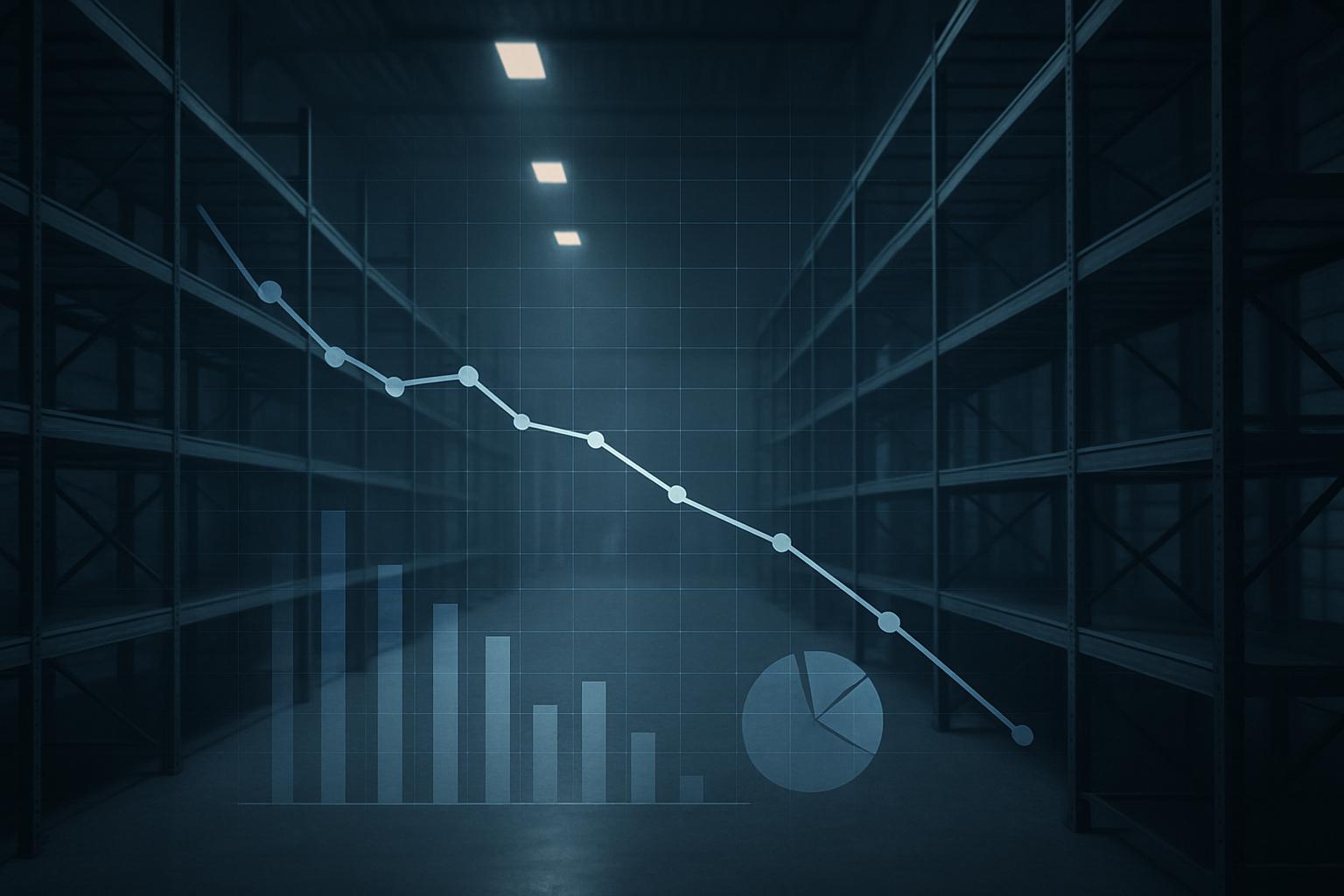Industrial Warehouse Demand Sees First Decline in 15 Years
Industrial warehouse space, which surged in demand during the pandemic-driven e-commerce boom, has experienced a notable slowdown in 2025. After years of robust growth, absorption of industrial space fell by 11.3 million square feet in the second quarter alone, marking the first quarterly decrease since 2010, according to a recent report by NAIOP, a commercial real estate development association.
Market Absorption and Economic Headwinds
During the first half of 2025, only 27 million square feet of industrial space was absorbed, signaling a significant pullback. The NAIOP report attributes this decline to ongoing economic uncertainty driven by unpredictable tariff policies and persistently high inflation rates, which have dampened the previously strong demand for industrial real estate.
Looking ahead, NAIOP projects that net absorption will remain nearly flat for the remainder of the year as businesses adjust to the new tariff environment. The report anticipates a modest recovery in demand once occupiers acclimate, but warns that growth will likely be slower than the rapid expansion seen between 2020 and 2022 or in the pre-pandemic six years.
Sales and Pricing Trends Reflect Market Shift
Industrial property sales in 2024 are maintaining pace with 2023 levels, totaling $74.3 billion, a 14.7% increase from the previous year but well below the record $129.8 billion achieved in 2021. According to a separate Yardi report, the average sale price for industrial properties has also moderated, rising just 6% above 2022 levels after a 54% surge from 2019 to 2022.
Yardi attributes earlier price gains to cheap capital and strong rent growth amid historically low vacancy rates and supply shortages. However, the recent cooling suggests investors are recalibrating expectations amid the current economic headwinds.
Vacancy and Rent Dynamics
The national industrial vacancy rate edged up to 9.1% in July 2025, increasing 10 basis points from June and rising 270 basis points compared to the same month last year. Despite the uptick in vacancies, in-place rents have continued to climb, posting a 6.1% year-over-year increase.
Peter Kolaczynski, director of Yardi Research, noted that the industrial sector has transitioned from being the market’s “darling” to a more resilient asset class. He anticipates renewed activity and investor interest as economic conditions clarify and demand for industrial space grows.
Outlook
NAIOP forecasts a rebound in industrial space absorption beginning in the second quarter of 2026, with full-year net absorption reaching approximately 119.3 million square feet. The first half of 2027 is expected to see continued momentum with absorption projected at 109.7 million square feet.













